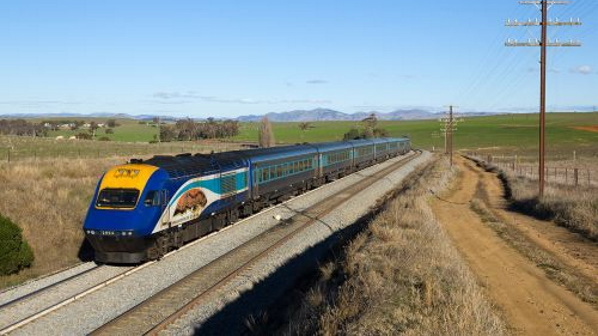INFRASTRUCTURE Australia wants the federal and state governments to prioritise faster rail, fast rail, and high-speed rail investments to help cope with an exodus of people from the major cities to regional centres as outlined in its 2021 Infrastructure Plan.
The plan sets out Australia’s infrastructure needs for the next decade and Infrastructure Australia says all levels of government need to come up with an agenda to remake the country. Infrastructure Australia is the nation’s independent infrastructure advisor.
The plan says the federal government could help by making cross-border projects a priority and take the lead by confirming the long-term interoperability requirements for fast rail, faster rail, and high-speed rail lines that cross borders. This would mean jurisdictions adopting common technical standards for track, operator training and signalling and telecommunications systems.
Government investment in faster rail, fast rail and high-speed rail services will play a key role in improving the connectivity and accelerating the settlement of regional areas, the plan says.
It points out that faster rail could deliver 90-minute journey times within 300km of Sydney, Melbourne and other capital cities. Investment should also be targeted at connections to smaller cities and regional centres within this radius.
Infrastructure Australia’s plan wants infrastructure managers to make the separation of passenger and freight movements a priority to improve reliability and cut journey times. Rolling stock improvements to existing regional rail services, such as more comfortable and spacious seats and on-board Wi-Fi, would increase ride quality, the report says.
In the year ending March 31, a record 22,651 Melburnians moved to regional Victoria while almost 24,500 Sydneysiders moved to regional New South Wales.
Infrastructure Australia says that delivering large transport projects requires decision-making processes that account for investment benefits that accrue over a wide geographic area and have a 50-year-plus time frame.
“By 2036 how Australians use, share, operate and power transport services - from cars to mass transit and even bicycles - will have undergone the biggest upheaval since the internal combustion engine,” the report says.
The chairwoman of Infrastructure Australia, Ms Julieanne Alroe, said the combination of Covid-19, the black summer bush fires, continuing droughts, floods, and even cyber attacks meant there had to be a change in the thinking around infrastructure.

